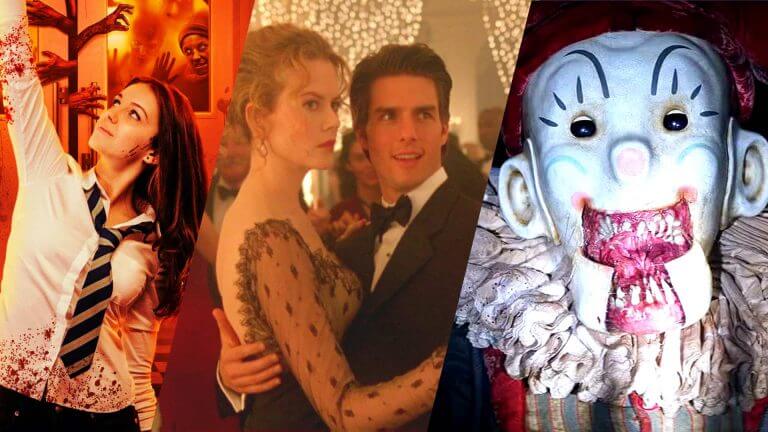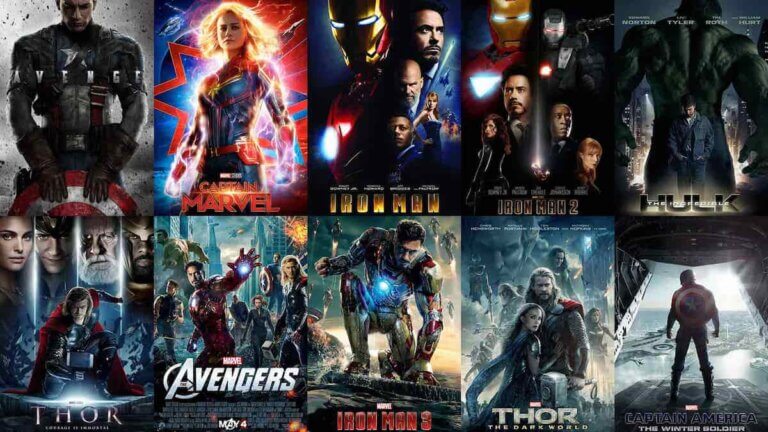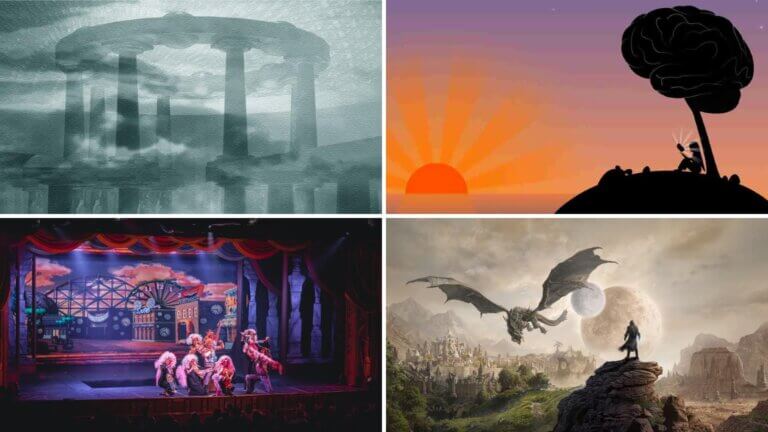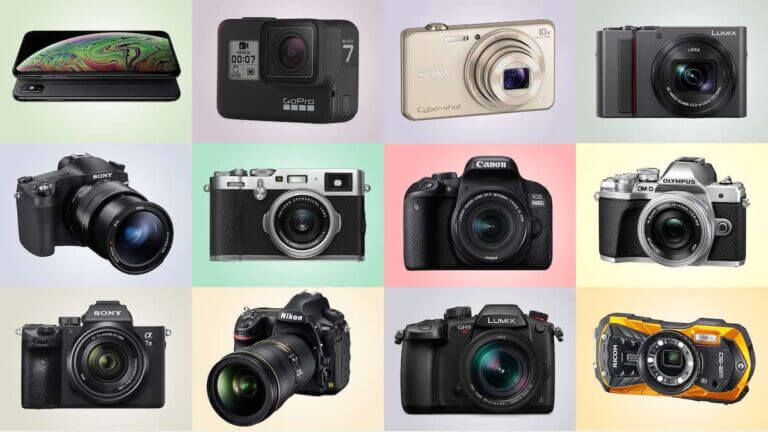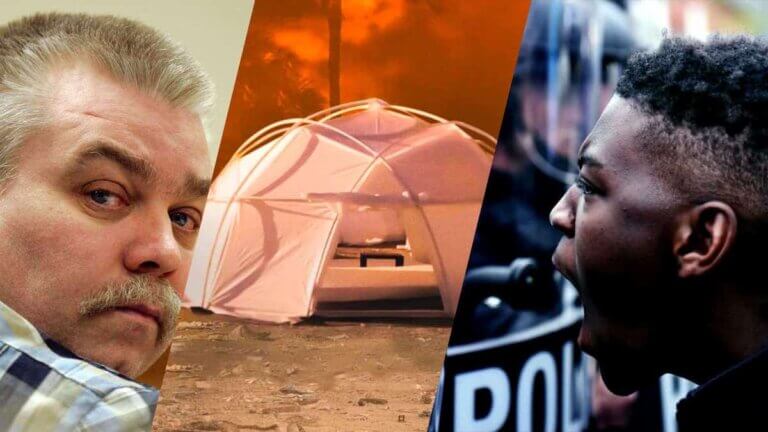Christmas is a time of year associated with presents, good cheer, and depending on who you ask, a great deal of gore and monsters. There’s just something about the jolly holiday season that makes for excellent juxtaposition with the horror genre. There have been plenty of mash-ups and slasher flicks that take place around Christmas, and while most have schlocky, B-movie qualities, there are some diamonds in the rough. Here’s StudioBinder’s rankings of the best Christmas horror movies of all time!Continue reading 20 Best Christmas Horror Movies of All Time, Ranked
Best Marvel MoviesMCU in Release OrderMCU in Story OrderThe Pegasus OrderUpcoming Release order is always the best order to watch a film series. But when you’ve got a timeline as long and as intricate as the Marvel movie timeline, it helps to see how the story unfolds chronologically.We’ve created a list of all the Marvel movies in chronological order — covering the main events of each film as well as their relation to one another on the wider MCU timeline.As a reference point, we’ve consulted the timeline from Marvel Studios: The First 10 Years. Though it was made in cooperation…
Suspension of disbelief gives artists the liberty to create worlds in a realm separate from reality. But what is suspension of disbelief? Where did suspension of disbelief originate? And why is suspension of disbelief important to artists and connoisseurs of art? We’re going to answer those questions by defining suspension of disbelief and by looking at suspension of disbelief examples. By the end, you’ll know everything there is to know about suspension of disbelief. Continue reading What is Suspension of Disbelief — How It Works in Storytelling
There are a million different types of cameras on the market. Which one should you choose? Well aside from reading endless specs, one way to figure it out is to simply know the categories of cameras available to you. Do you want a mirrorless or a quick point and shoot? Is a DSLR better for your occasional impromptu video shoots? Knowing the different types of cameras will help you determine which is best for your projects. Let’s jump in.Continue reading Different Types of Cameras for Photography and Video Explained
LED photography lights — why use them? Well, for one thing, they’re cost effective, can be easily controlled, and they really don’t give off much heat. Depending on your shooting situation, they’re often a photographer and videographer’s first choice. But how do you know which one to choose? Whether you’re a pro in the studio looking for studio LED panels, or a hobbyist looking for something to attach to your smartphone — whoever you are and whatever your budget, we got you covered. Let’s jump into our pick for the best LED photography lights available today. Continue reading LED Photography…
Best Marvel MoviesMCU in Release OrderMCU in Story OrderThe Pegasus OrderUpcoming The film Avengers: Endgame marked the beginning of a brand new generation of Marvel films trickling out over the next several years. We’ve got a list of all upcoming Marvel movies in order of release with all the info we know so far about the MCU phase 4 and beyond. From Black Widow to Blade, each entry promises to expand the franchise in bold new directions. As the studio takes a half-year hiatus to build hype, start marking your schedule. What's the next Marvel movie? Look no further, here's…
Best Marvel MoviesMCU in Release OrderMCU in Story OrderThe Pegasus OrderUpcoming Recounting the MCU in order tells the full story of its success⏤both at the box office and in the eyes of its fans. But after 11 years and 23 installments, it can be hard to keep track of how it all went down. For all that information and more, we’ve 'assembled' a list of all of the Marvel movies in order of release. So, let's journey through the Quantum Realm back to the beginning to see how characters, sequels and franchises are made.Continue reading All Marvel Movies in Order…
The first films ever made were documentaries.Originally demonstrations of the magic of filmmaking technology, these short, seemingly insignificant projects have since served as historical records of everyday life at the turn of the 19th century. 125 years later, documentary filmmaking is still one of the most powerful ways of educating and influencing audiences, for better or worse.“Documentary” in and of itself is a storytelling medium, not a film genre. But in our list of film history’s essential doc titles, our picks span a wide range of subjects and styles, offering three standout selections for each noteworthy category.Read on for our…
What is the best drone camera for the money? With the relatively recent explosion in popularity of drone photography and videography, the market has been flooded with different brands and models of drones. Drone technology continues to develop and improve at a rapid rate. This can make it hard to keep track of which drone has the best camera. Read on to see our up-to-date rankings of the best drone cameras available in 2021.Continue reading Best Drone Camera for the Money — A Buying Guide
Choosing the right camera is one of the most important decisions for any filmmaker. That’s because your camera can be a considerable financial investment, and dictates the kind of content you’re able to create.There are countless options available, all with their own merit, but often your research can leave you more confused than when you initially began.In this article, we’re going to focus your attention to a camera type that has become a favorite for many in the world of filmmaking and content creation…The mirrorless camera.Continue reading The Best Mirrorless Cameras for Filmmaking
